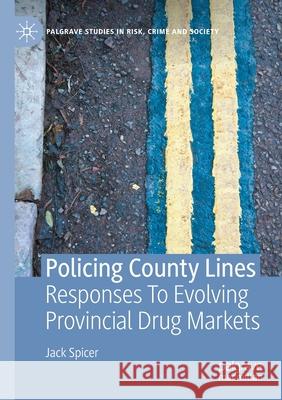Policing County Lines: Responses to Evolving Provincial Drug Markets » książka
topmenu
Policing County Lines: Responses to Evolving Provincial Drug Markets
ISBN-13: 9783030541958 / Angielski / Miękka / 2022 / 253 str.
Policing County Lines: Responses to Evolving Provincial Drug Markets
ISBN-13: 9783030541958 / Angielski / Miękka / 2022 / 253 str.
cena 510,39
(netto: 486,09 VAT: 5%)
Najniższa cena z 30 dni: 506,04
(netto: 486,09 VAT: 5%)
Najniższa cena z 30 dni: 506,04
Termin realizacji zamówienia:
ok. 10-14 dni roboczych
Bez gwarancji dostawy przed świętami
ok. 10-14 dni roboczych
Bez gwarancji dostawy przed świętami
Darmowa dostawa!
Kategorie:
Kategorie BISAC:
Wydawca:
Palgrave MacMillan
Seria wydawnicza:
Język:
Angielski
ISBN-13:
9783030541958
Rok wydania:
2022
Wydanie:
2021
Numer serii:
000768721
Ilość stron:
253
Waga:
0.36 kg
Wymiary:
21.01 x 14.81 x 1.55
Oprawa:
Miękka
Wolumenów:
01
Dodatkowe informacje:
Wydanie ilustrowane











